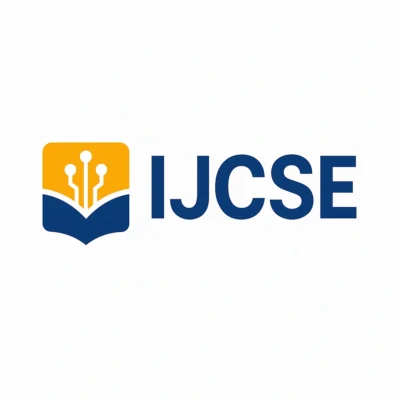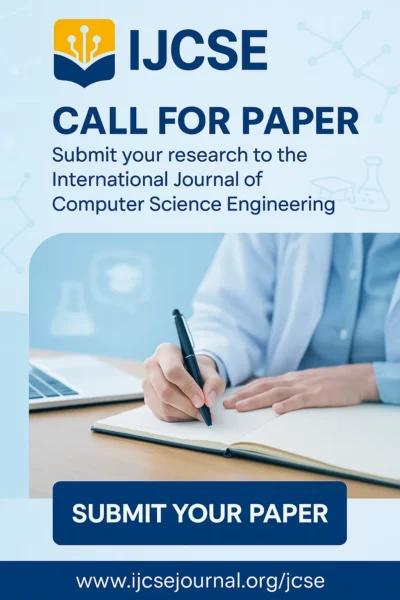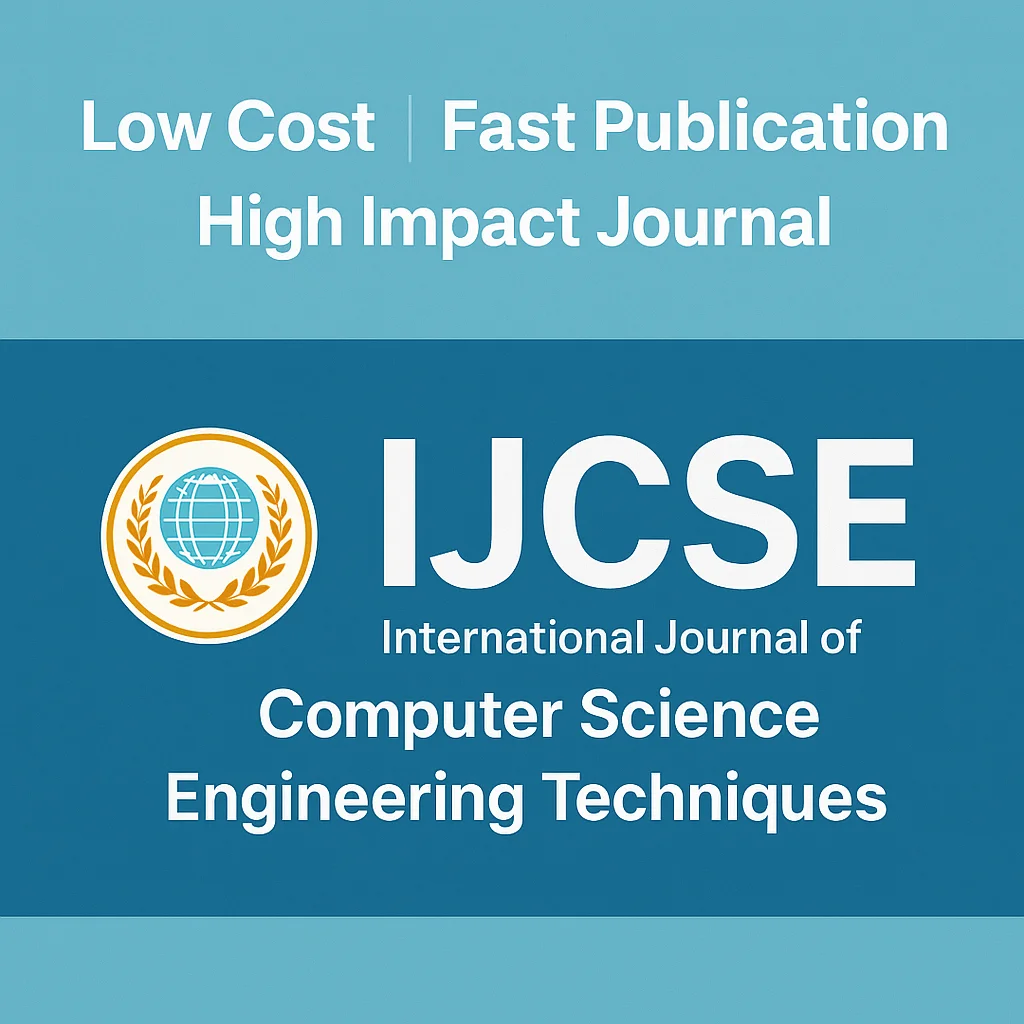
Journal and Publication | UGC Listed, Indexed, Open Access

Journal and publication: credible routes to visibility and indexing
Authors seek journal and publication venues that balance rigor, speed, and discoverability. At IJCSE, we combine ethical review, predictable timelines, and transparent policies so journals and papers are easy to find, cite, and reuse across disciplines.
Whether you’re targeting a ugc listed journal, maximizing reach with an indexed paper, or choosing open access academic journals for broader readership, your strategy should align scope, audience, and evidence quality. We help you match the right outlet to your goals—without guesswork.
Build trust with clarity: fit your topic to the readership, foreground reproducibility, and report uncertainty. Pair this with metadata that reflects search intent, and your journals and papers will be easier to discover in indexing systems and the open web.

UGC listed journal: how to evaluate fit and credibility
Before submitting to a ugc listed journal, verify scope continuity, editorial transparency, and ethical safeguards. Read recent issues, compare review guidelines, and confirm that the audience matches your topic. Fit is the single best predictor of a smooth review and meaningful citations.
- Scope match: Topic, methods, and datasets that mirror recent issues.
- Rigor signals: Clear desk‑reject criteria, decision letters, and timelines.
- Ethics: Plagiarism checks, COI policies, and data rights guidance.
- Discoverability: Indexing coverage and open access options.
Indexed paper: what indexing adds to your reach
An indexed paper is easier to discover, cite, and retrieve years later. Strong indexing complements open access by placing your work in readers’ workflows—search engines, alerts, and institutional databases. Combine precise metadata with accessible artifacts to amplify reuse.
| Element | Best practice |
|---|---|
| Title | Problem → Approach → Evidence → Context |
| Keywords | General + task/dataset + population/system |
| Abstract | Outcomes, uncertainty, and constraints early |
| Figures | Captions that explain decisions, not just visuals |
Journals and papers: writing that earns citations
Lead with the decision
State upfront who benefits and how. Tie claims to decisions practitioners make—deployment, policy, design, or safety. Targeting decisions increases citations and accelerates adoption.
Evidence that persuades
Use field‑standard baselines, variance reporting, and ablations. When you diverge, explain why and quantify the impact. Clarity builds reviewer trust.
Reproducibility by default
Provide code/data or faithful surrogates. Include versions, licenses, and minimal examples. If data are restricted, document schemas and evaluation harnesses.
Editor‑favored submission structure
- Problem & context: Who is affected, and what constraints matter?
- Method: Decisions and trade‑offs made explicit.
- Results: Metrics, uncertainty, fail cases, and ablations.
- Limits & risks: Where results may not hold; safeguards and monitoring.
- Implications: Replication and deployment guidance.
Open access academic journals: speed, reach, and reuse
Open access academic journals can increase readership and accelerate reuse when paired with clear licenses and strong metadata. Choose a route that fits funder mandates and your dissemination goals, and ensure version control so citations consolidate to the record of note.
- Licensing: Pick a license that fits your reuse goals.
- Artifacts: Link code/data with persistent identifiers.
- Versioning: Point preprints to the final record.
- Accessibility: Alt text, captions, and readable figures.
Small, fast visual (kept compact for UX)

Findability: intent‑rich phrases authors actually search
Use natural language that reflects real queries, such as “UGC listed journal submission guidelines,” “indexed paper requirements for computer science,” “open access academic journals with fast review,” and “how to structure journals and papers for indexing.” When they match your study, place them in headings, abstracts, and figure captions—never as stuffing.
| Intent | Examples to use naturally |
|---|---|
| Submission speed | “fast track journal and publication”, “rapid peer‑review for journals and papers” |
| Indexing | “indexed paper visibility”, “how to optimize for indexing systems” |
| Compliance | “ugc listed journal criteria”, “publication ethics and COI templates” |
| Openness | “open access academic journals licensing”, “artifact availability guidelines” |
Essential IJCSE links for journal and publication success
Practical blueprint for journal and publication success
In the first 150 words of your manuscript, state the user or system, the method or intervention, the comparison, and the outcome. Name constraints—data limits, budgets, safety—and one reason a practitioner can trust your results today. This approach improves review speed and post‑publication reuse.
- Title & abstract: Mirror the language readers search with.
- Baselines: Use field standards; justify any deviations.
- Artifacts: Provide code/data or detailed surrogates.
- Uncertainty: Report variance and fail cases.
- Ethics: Conflicts, approvals, data rights, and risks.
Compact visual (kept small for UX)

FAQs about journals and papers, indexing, and UGC listing
How do I confirm a ugc listed journal is a good fit?
Check scope continuity, reviewer expertise, decision letters, and timelines. Read several recent articles and compare their methods and evidence standards to your own.
What improves indexed paper visibility most?
Accurate metadata (title, keywords), artifact links, and figure captions that summarize decisions. Align terms with how your audience searches.
Do open access academic journals guarantee more citations?
No, but they can increase readership. Combine open access with strong metadata, artifacts, and community engagement for the best outcomes.
Can I submit replication or negative results?
Yes—state the rationale, design rigor, and implications. These studies strengthen the record and guide future work.
Preflight checklist for journal and publication
- Fit: Audience and scope match recent issues.
- Clarity: Decision‑ready abstract; readable figures.
- Reproducibility: Versions, licenses, minimal examples.
- Ethics: Conflicts, consent, and risk notes included.
- Cover letter: Fit, novelty, and community value in 150–200 words.
Ready to submit to a journal and publication pathway at IJCSE?
We welcome work that elevates reliability, transparency, and practical relevance. Whether your priority is a ugc listed journal, an indexed paper, or open access academic journals, our editors and reviewers help you publish clearly, quickly, and ethically.
Unsure about venue, fees, or timelines? Explore the links above or contact author support for tailored guidance.